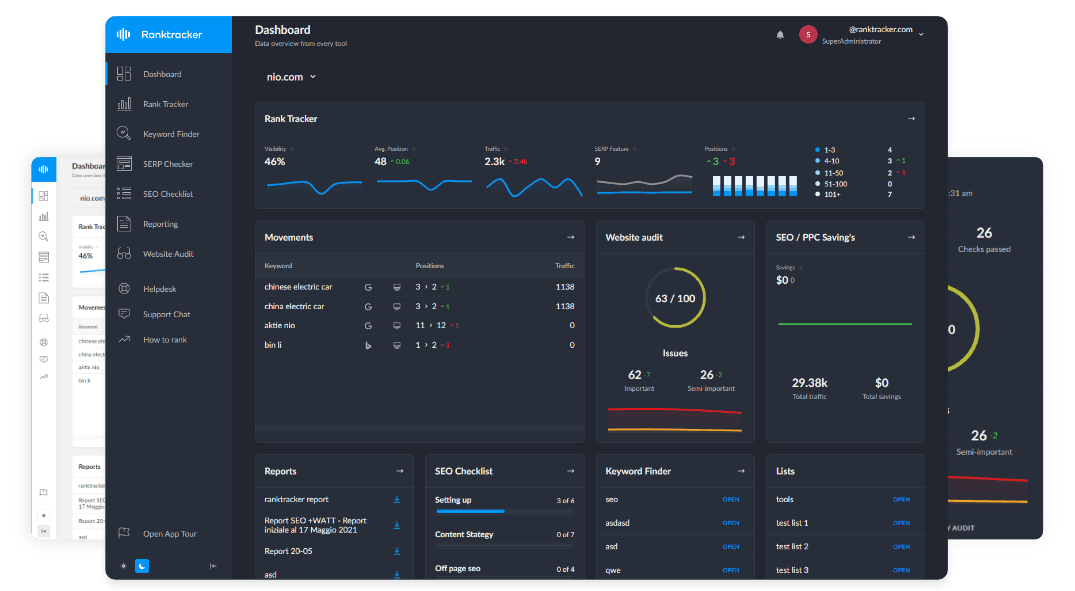Intro
Organizations are always on the hunt for ways to improve efficiency and boost growth, with businesses across the United States particularly focused on optimizing their training investments. One aspect that often gets neglected is employee training. The first thing they can do is invest in an Enterprise Learning Management System (LMS), which could really enhance training and increase Return on Investment (ROI).
Understanding how to leverage an enterprise learning management system is essential for every company aiming to remain competitive in today's market. Let's explore how these powerful platforms can transform your organization's training approach and deliver measurable returns.
Understanding an Enterprise LMS
An enterprise LMS is an online platform designed to manage, deliver, and track corporate training and education courses. It enables organizations to streamline the training process by monitoring progress and evaluating results with greater ease. This functionality allows companies to standardize training programs across departments.
Benefits of Implementing an LMS
There are numerous benefits to adopting an LMS. First, it works to lower costs compared to traditional training methods. Businesses can reduce travel expenses, venue rentals, and printed materials. Training modules are now accessible to employees from anywhere, offering maximum convenience and flexibility.
Second, an LMS provides scalability. Training needs change as organizations grow. New courses and users can be added to the digital platform with minimal additional cost.
Third, it enhances engagement. Interactive features like quizzes and multimedia content make learning much more interesting. This results in better knowledge retention and application.
Measuring ROI with an LMS
ROI calculation compares the implementation and maintenance costs of the system against the benefits obtained. Calculate direct savings from reduced costs in travel, materials, and venue expenses. Then consider indirect benefits, such as increased productivity and improved employee retention.
Better-trained employees lead to improved productivity, as they are more equipped to fulfill their tasks effectively. Employee retention also improves when workers feel valued and empowered with the skills necessary to perform their duties.
Key Features to Look For
Choosing the right LMS is incredibly important. According to research from the Society for Human Resource Management, effective learning platforms should include intuitive user interfaces, mobile-friendly features, and robust reporting systems. A straightforward interface makes it easy for employees to adapt to the system, significantly reducing the learning curve.
Mobile-responsive learning allows users to access content from any device, promoting continuous learning. Comprehensive reporting tools make it easy for management to track progress and identify areas for improvement.
Customization and Personalization
One of the major advantages an LMS provides is content customization. Organizations can tailor training materials according to specific roles or departments. This allows for the creation of personalized learning paths based on individual employee needs and preferences.
The All-in-One Platform for Effective SEO
Behind every successful business is a strong SEO campaign. But with countless optimization tools and techniques out there to choose from, it can be hard to know where to start. Well, fear no more, cause I've got just the thing to help. Presenting the Ranktracker all-in-one platform for effective SEO
We have finally opened registration to Ranktracker absolutely free!
Create a free accountOr Sign in using your credentials
Customization extends to branding as well. Companies can incorporate their logos, colors, and design elements into the platform to strengthen brand identity and increase employee engagement.
Integration with Other Systems
An LMS should integrate seamlessly with existing systems to achieve maximum effectiveness. This includes applications like human resources software, customer relationship management tools, and other business applications. Proper integration ensures smooth data flow, reducing administrative tasks and improving overall efficiency.
Overcoming Implementation Challenges
There are always challenges when implementing a new system. Resistance to change and technical issues are common obstacles. To address resistance, involve employees in the decision-making process. Gather feedback and communicate the benefits of the new system clearly.
Technical challenges can be minimized by choosing a platform with excellent customer support. Ensure proper training for both end users and system administrators to guarantee smooth operation.
Continuous Improvement and Feedback
A learning management system must evolve over time. Content should be updated regularly to reflect industry changes and incorporate user feedback. Continuous improvement keeps the platform relevant and effective for long-term success.
Encourage employees to provide feedback on their learning experiences. This input offers valuable insights for improving training content and identifying areas where additional support may be needed.
Conclusion
Implementing an Enterprise Learning Management System can significantly improve training effectiveness and ROI. By understanding its advantages, carefully selecting features, and overcoming potential obstacles, organizations can maximize their investment returns. A successful training program requires continuous improvement and ongoing employee engagement to remain effective long-term. As companies strive to maintain their competitive edge, leveraging this technology can provide a significant advantage in the marketplace.

